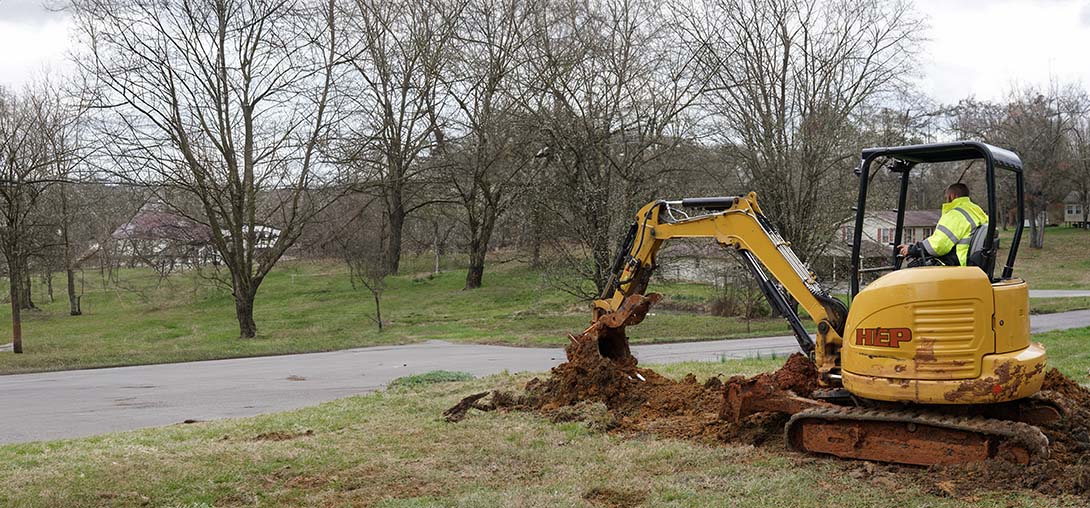

Malfunctioning Main Line
Your trusted partner for professional home services. Quality workmanship, guaranteed satisfaction.




- HEP
- Malfunctioning Main Line
Malfunctioning Main Line | Main Line Issues | Plumbing | Sewanee
When the steady hush of Sewanee’s mountaintop peace is interrupted by slow drains, foul odors, or unexplained soggy spots in the yard, it’s usually not a random fluke—it’s a cry for help from the heart of your plumbing. These are classic signs of main line issues, and ignoring them can send wastewater backing up into your home faster than you can say “plunger.”
HEP’s licensed technicians bring state-of-the-art inspections, trenchless repair options, and round-the-clock emergency response to make sure your property’s lifeline flows freely again. From pinpointing root intrusions to replacing collapsed pipes, we solve the problem at its source and back every fix with transparent pricing and a satisfaction guarantee—so you can get back to enjoying the quiet beauty of Sewanee without worrying about what’s happening beneath your feet.
FAQs
What are the most common warning signs that my main sewer line in Sewanee is malfunctioning?
Typical indicators include frequent whole-house drain backups, gurgling sounds in toilets or tubs, water pooling around floor drains, slow drainage in multiple fixtures at once, bad sewer odors outdoors or in basements, and unusually lush or soggy spots in your yard. Because all branch lines feed into the main, issues there almost always show up in more than one plumbing fixture at the same time.
What are the main causes of sewer or water main line problems in the Sewanee area?
On the Cumberland Plateau we see four primary culprits: (1) tree-root intrusion into older clay or cast-iron pipes; (2) ground shifting or pipe collapse caused by our rocky, shifting soils; (3) grease, wipes, or foreign objects flushed down household drains; and (4) heavy rainfall that can overwhelm aging municipal laterals. Homes built before the 1980s are especially vulnerable because their original pipes are nearing the end of their design life.
How urgent is a suspected main line issue, and what should I do first?
A malfunctioning main line can escalate from a nuisance to a health hazard quickly. Sewage backup introduces bacteria, can damage floors and walls, and may invalidate homeowners-insurance claims if neglected. If you notice systemic backups, shut off household water where possible, avoid using fixtures, and call a licensed plumber immediately. Our Sewanee team offers 24/7 emergency dispatch and can generally be on-site within an hour.
How will you diagnose the exact location and cause of the main line failure?
We begin with a clean-out inspection if one is present, then run a high-resolution video camera the full length of the line to pinpoint breaks, roots, or blockages. Electronic locators on the camera head tell us depth and position within a few inches, even under driveways or rock. Inflow tests, pressure tests, or smoke testing may be added for water mains. These non-invasive steps let us propose the most cost-effective repair without unnecessary digging.
Is trenchless repair or pipe bursting possible in Sewanee’s rocky terrain?
In many cases, yes. We offer cured-in-place pipe (CIPP) relining for pipes 2"–8" in diameter and pipe-bursting for larger or completely collapsed lines. Trenchless methods require only two small access pits, minimizing damage to your yard or the University Domain’s protected tree root zones. However, extremely shallow lines laid directly on bedrock or lines with severe grade issues may still need conventional excavation. After camera inspection, we’ll outline all feasible options and their costs.
What can homeowners do to prevent future main line problems?
Schedule a professional camera inspection every 2–3 years, especially if your home is more than 30 years old. Have trees near the sewer lateral root-pruned or install root barriers. Never flush wipes, feminine products, or large amounts of grease. We also offer annual hydro-jetting plans that scour the pipe walls before buildup hardens and root-control treatments that inhibit new growth for up to 12 months.